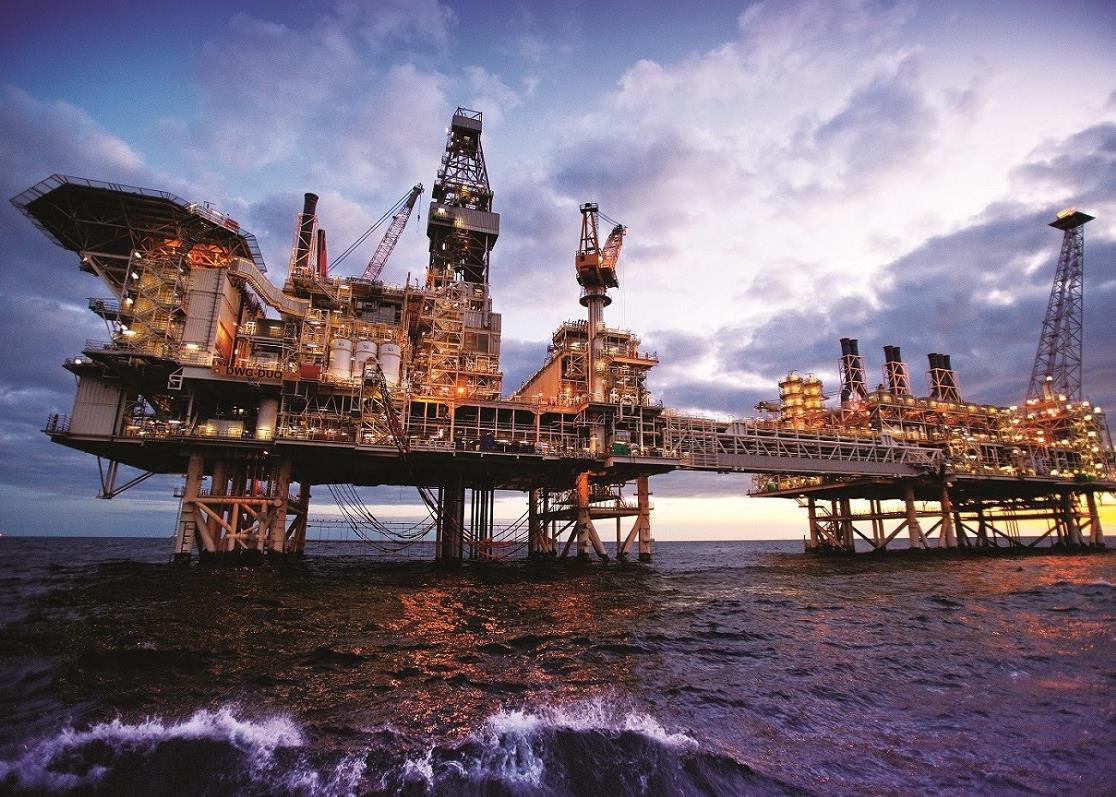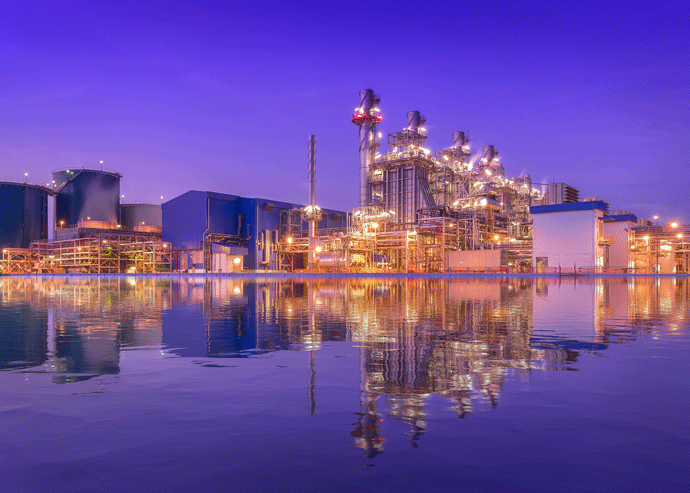

 Commentary
Commentary
Jennifer Aguinaldo
Energy & technology editor
Solar independent power producer (IPP) projects in the region that hold record low unsubsidised solar production costs are likely to keep those titles for a while longer.
This is due to soaring global interest rates, inflation, materials and freight costs exerting an upward pressure on levelised electricity costs.
The Russia-Ukraine war, combined with the supply chain stress inherited from the Covid-19 pandemic lockdowns, have formed a perfect storm – others prefer to use force majeure – hampering the delivery of projects whose tariffs were set and financed prior to 2021, and driving electricity costs upward for future projects.
Paddy Padmanathan, vice-chairman and CEO of Saudi utilities developer and investor Acwa Power, this week predicted unsubsidised solar production costs could be heading closer towards $cents 2 a kilowatt-hour (kWh), up from a record low of $c1.04/kWh – the tariff it proposed in 2020 for developing the 600MW Shuaibah solar IPP scheme in Saudi Arabia.
READ: Saudi solar price dazzles as promised
Fuelling the energy transition
It is by far the world’s cheapest solar tariff, one of several records set in the GCC in recent years, although the project has yet to reach financial close.
Notably, the levelised electricity costs offered for the third-round projects of Saudi Arabia’s National Renewable Energy Programme last year offered a foretaste of the reversal of the decade-long freefall of solar PV tariffs.
The offer for the 700MW Al-Rass solar project was $c 1.5/kWh, while the 120MW Wadi al-Dawasir project drew a low offer of $c 1.87/kWh.
“Our assumptions indicate that the levelised cost of a 500MW solar PV project in Saudi Arabia has increased by over 30 per cent in the past two years … moving from $16/MWh in mid-2020 to $22/MWh today,” says Brendan Cronin, management consulting head for the Middle East at engineering, consulting and design company Afry. “The biggest increase is due to the increase in cost of capital, which accounts for over half of the increase.”
READ: Prices continue to threaten renewable expansion
Despite this, many experts either expect or hope that the price increases will not derail the planned renewable energy capacity expansion, a key lever in the region’s energy transition.
Experts like Padmanathan and Emmanuel Osaez Munoz, vice-president at Saudi utility developer Alfanar, expect prices may start to ease between mid-2023 or mid-2024. This expectation is contingent upon production capacity for solar module and wind turbine parts ramping up, and policies being in place to contain the impacts of the Russia-Ukraine war.
Long-term solutions are also being proposed, including the linking of levelised electricity costs in future tenders to a materials pricing index, as well as decentralising production where possible.
On one hand, it appears that the best thing about the increase in renewables tariffs is the record increase in the gas price, which allows renewables to maintain their status as the cleanest and cheapest source.
However, care must be taken, particularly in the region’s petroleum-exporting states, that the rush to increase fossil fuel production capacity to meet short-term global demand in view of the Russian gas shortage will not undermine the pace of renewables expansion and the long-term goals to decarbonise their electricity systems.
You might also like...

Adnoc Offshore awards Upper Zakum contract
17 April 2024

Oman awards Batinah coastal road contract
17 April 2024

Oman appoints Al Khuwair Downtown project manager
17 April 2024
A MEED Subscription...
Subscribe or upgrade your current MEED.com package to support your strategic planning with the MENA region’s best source of business information. Proceed to our online shop below to find out more about the features in each package.





